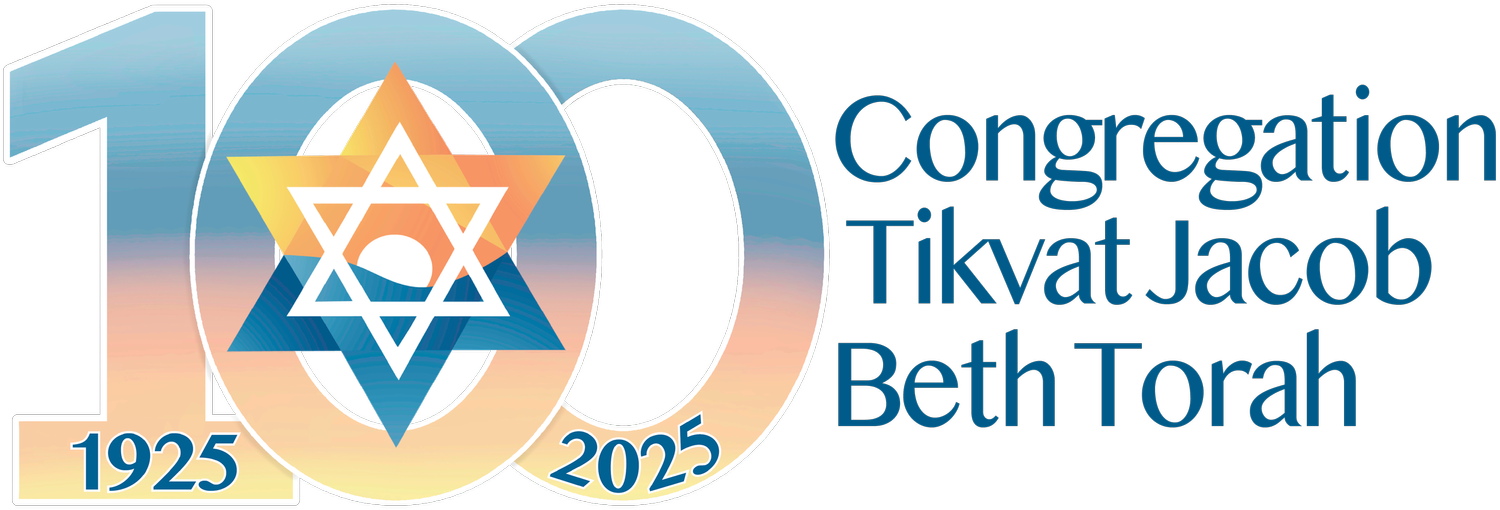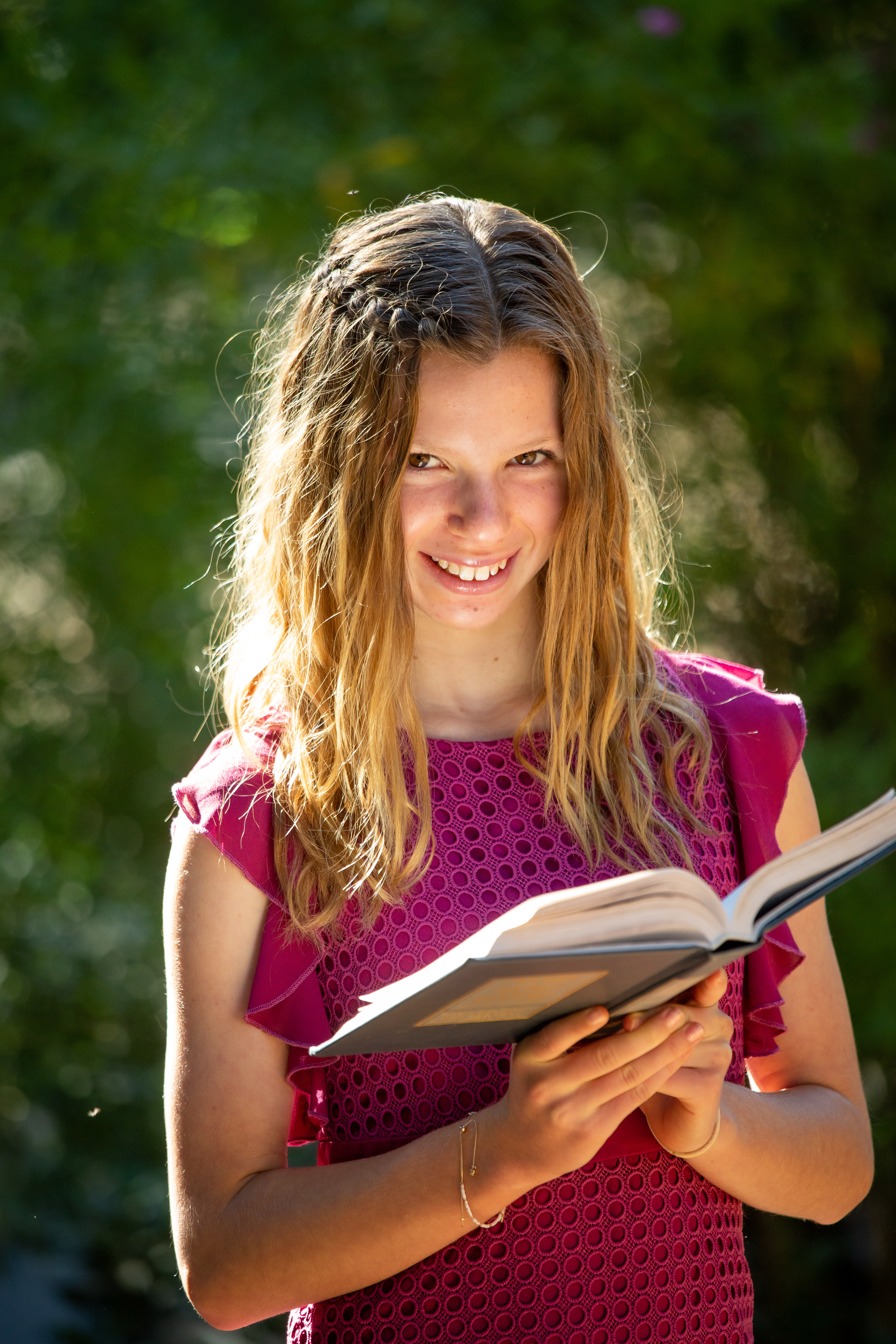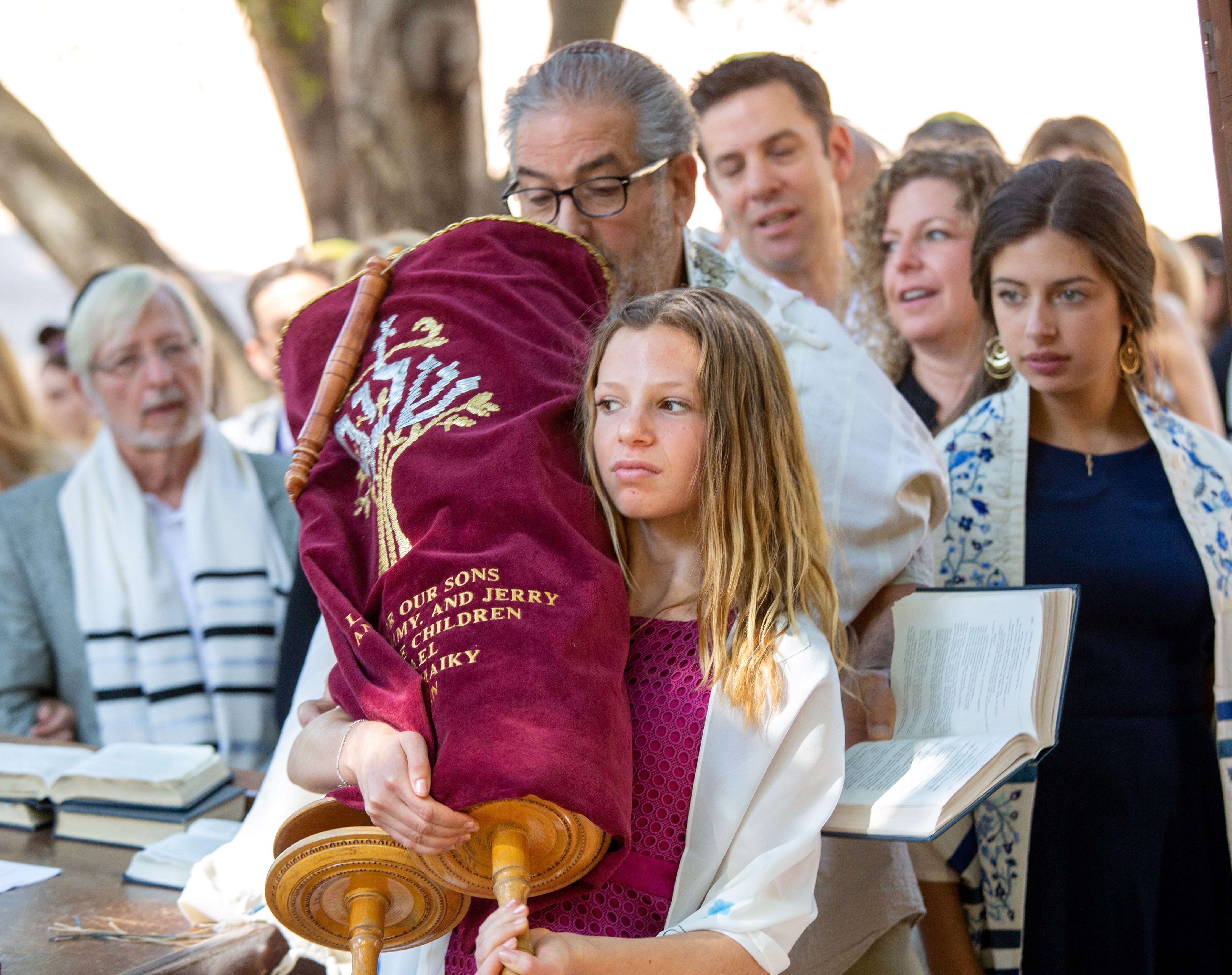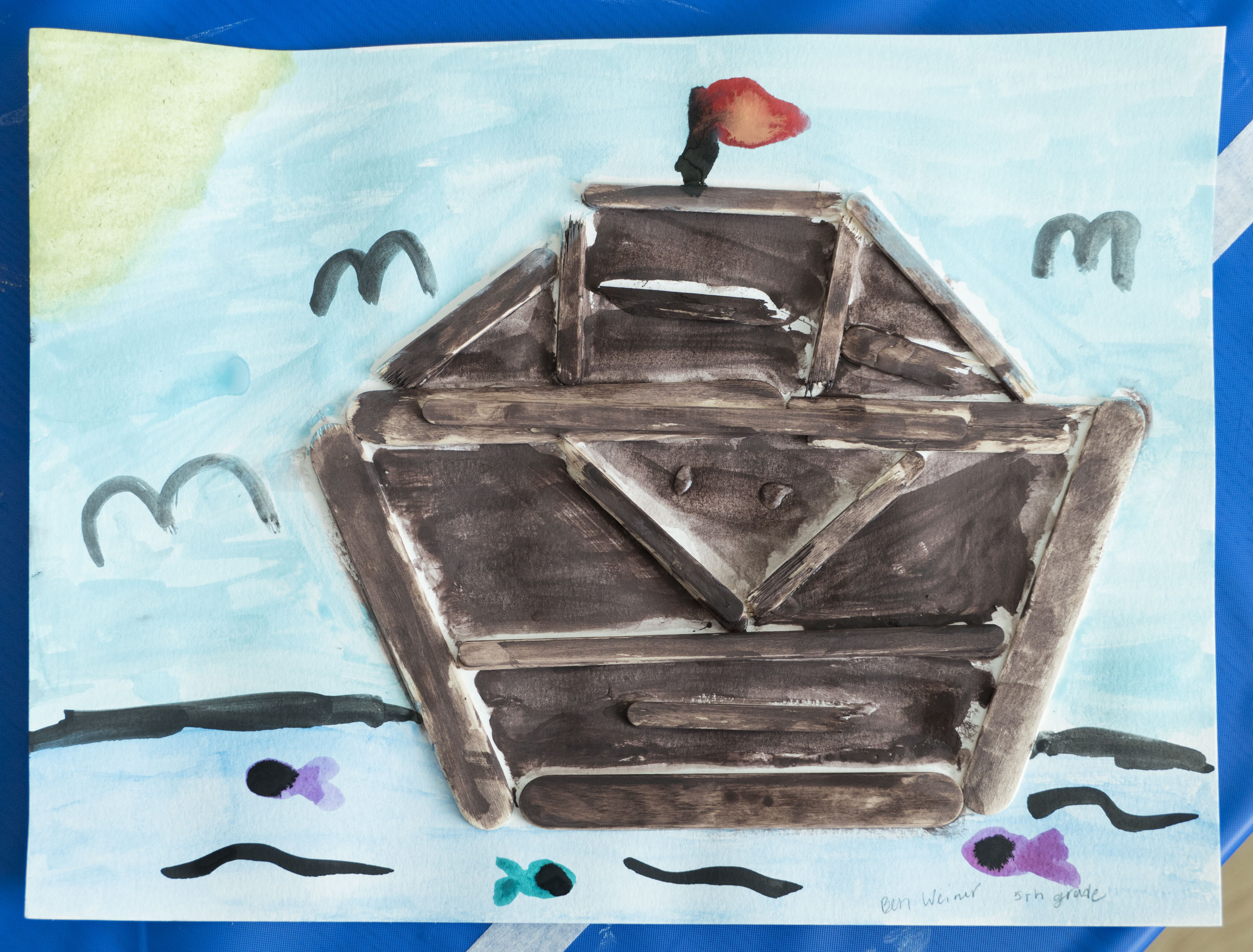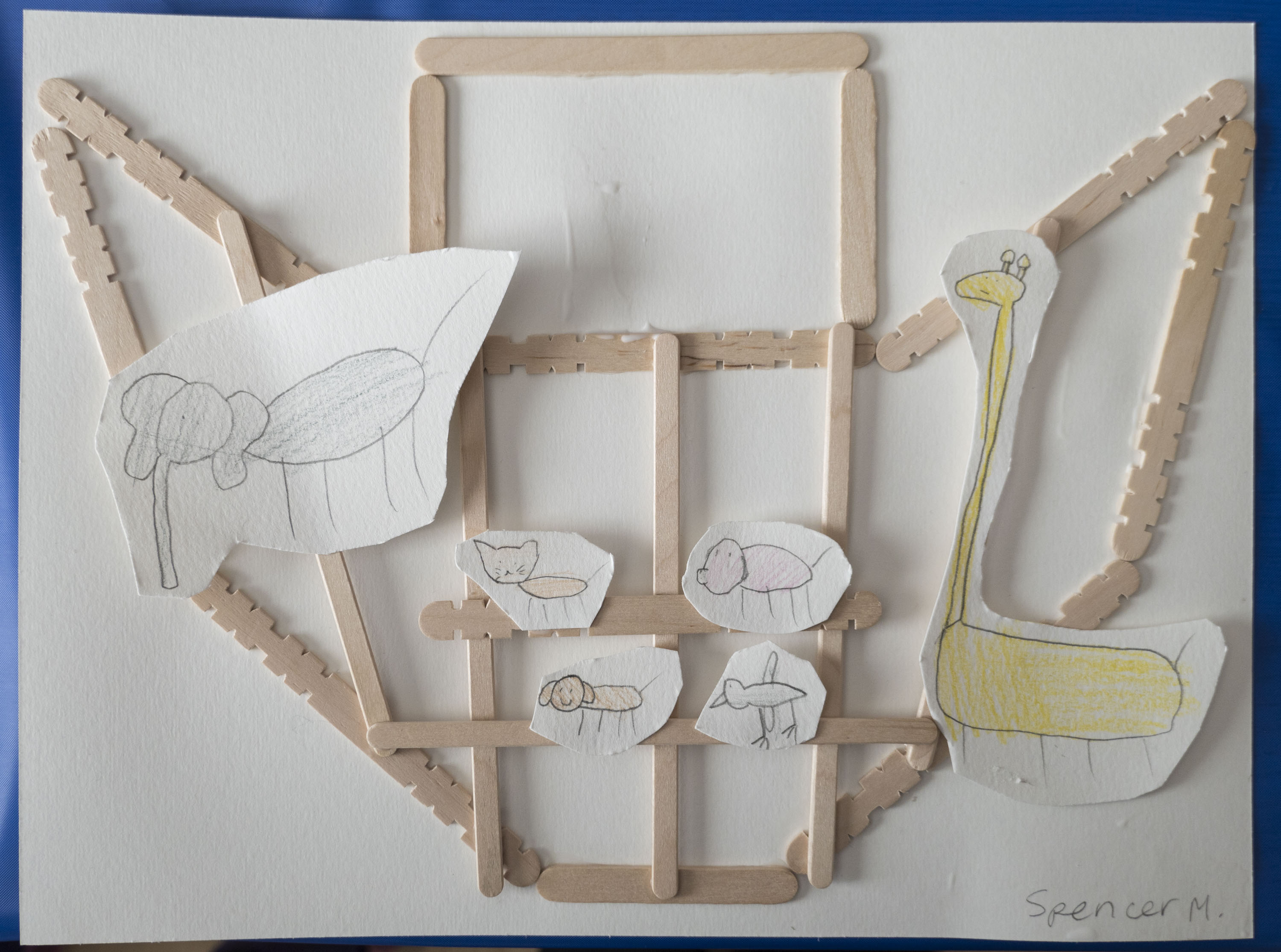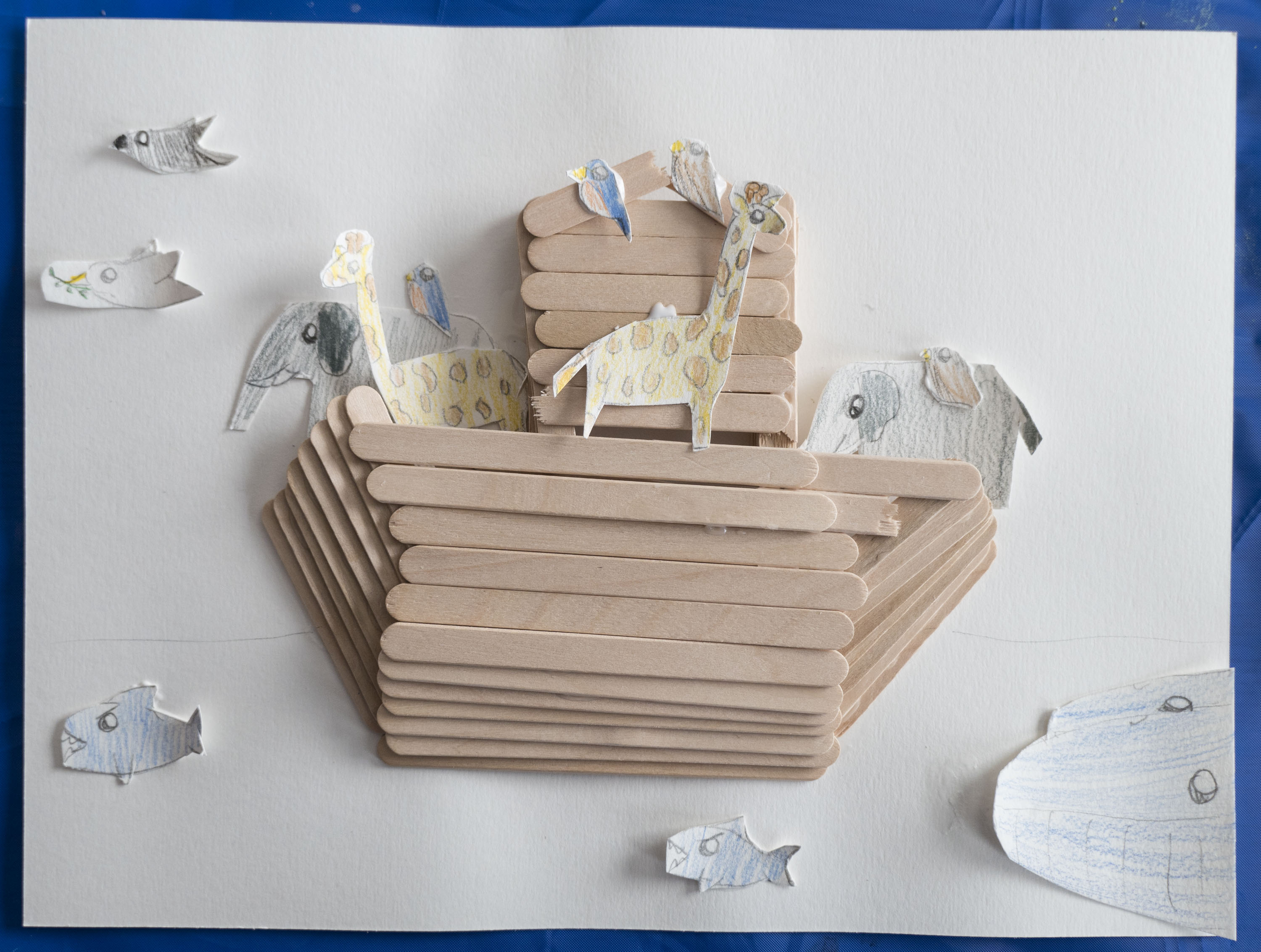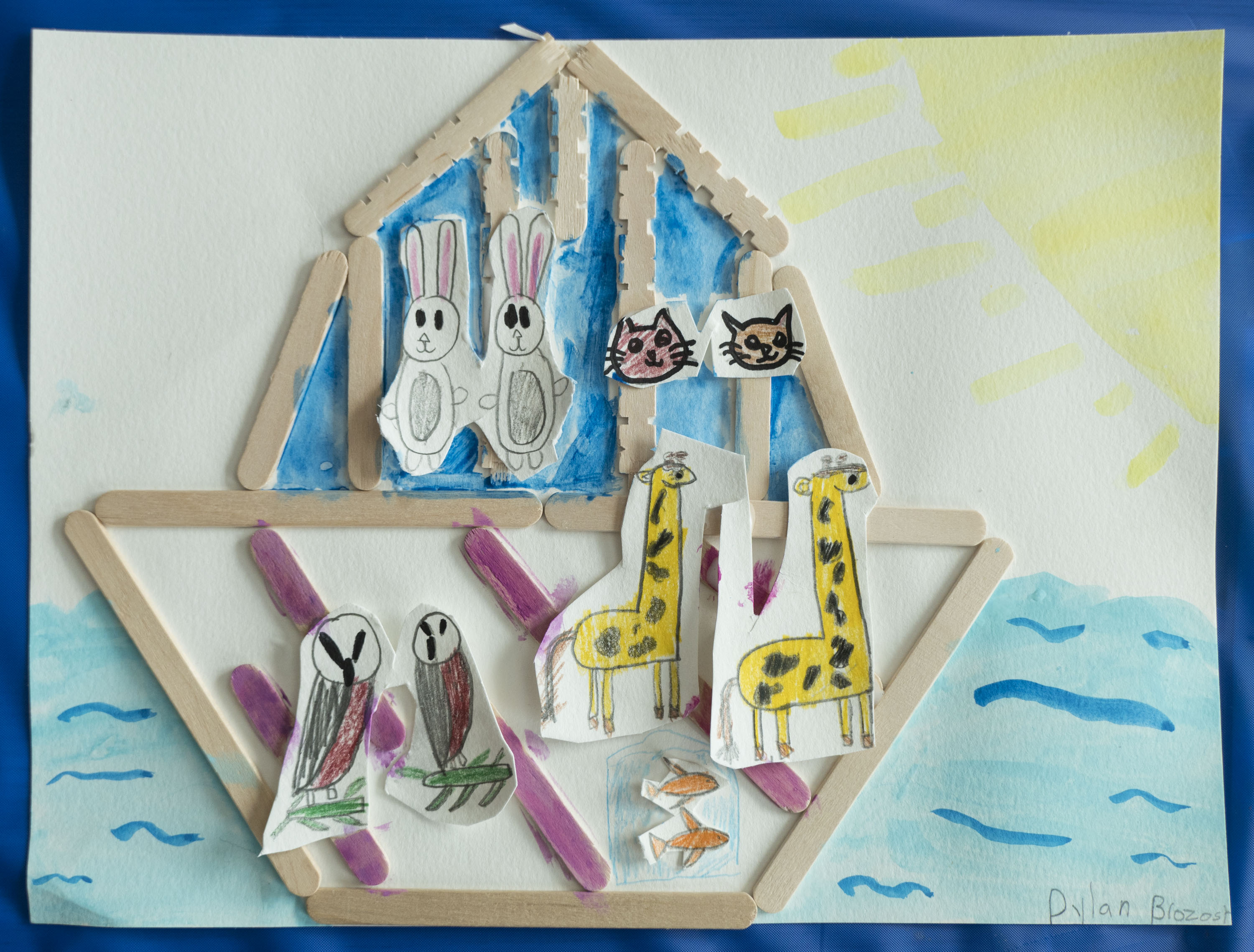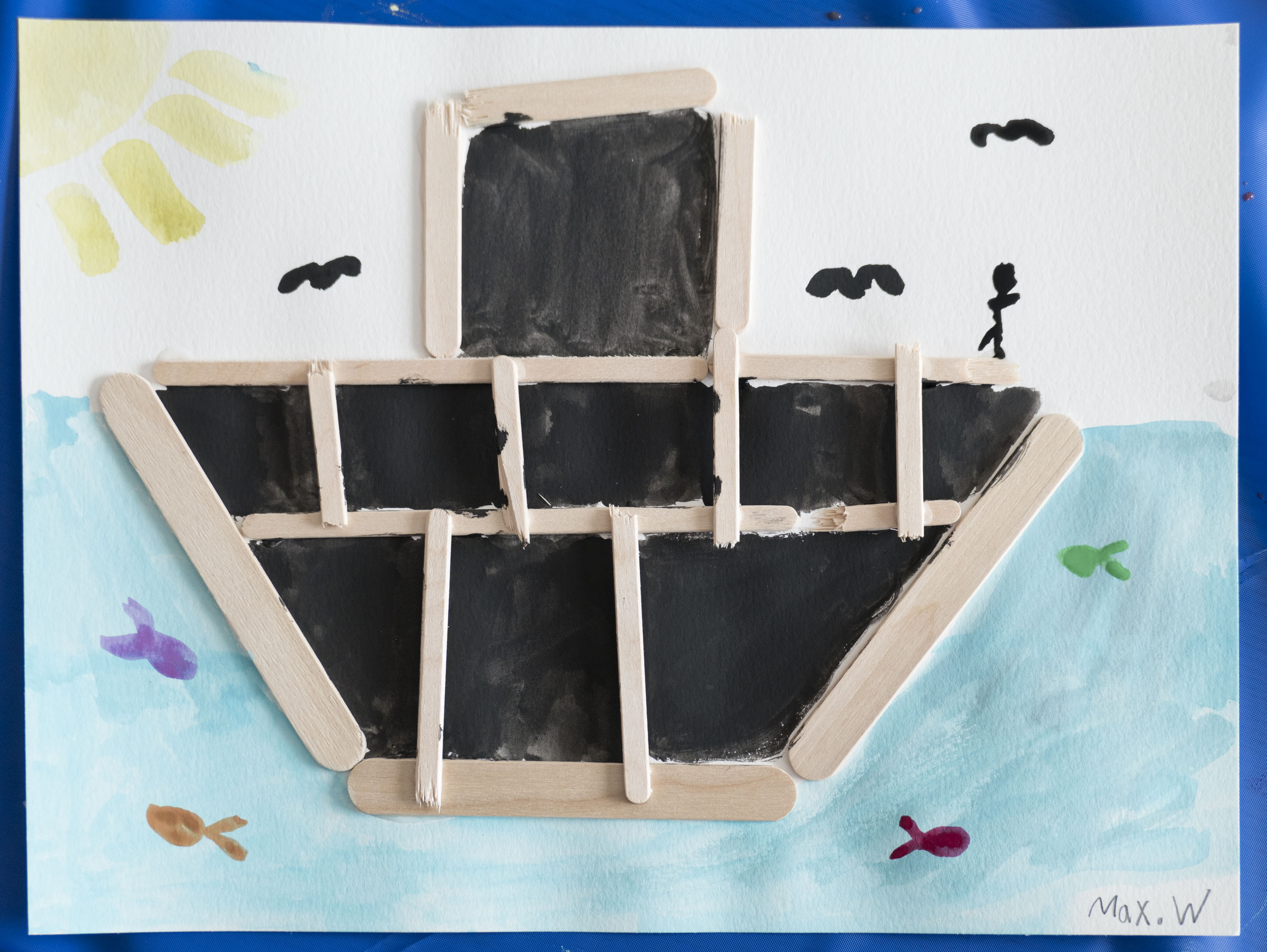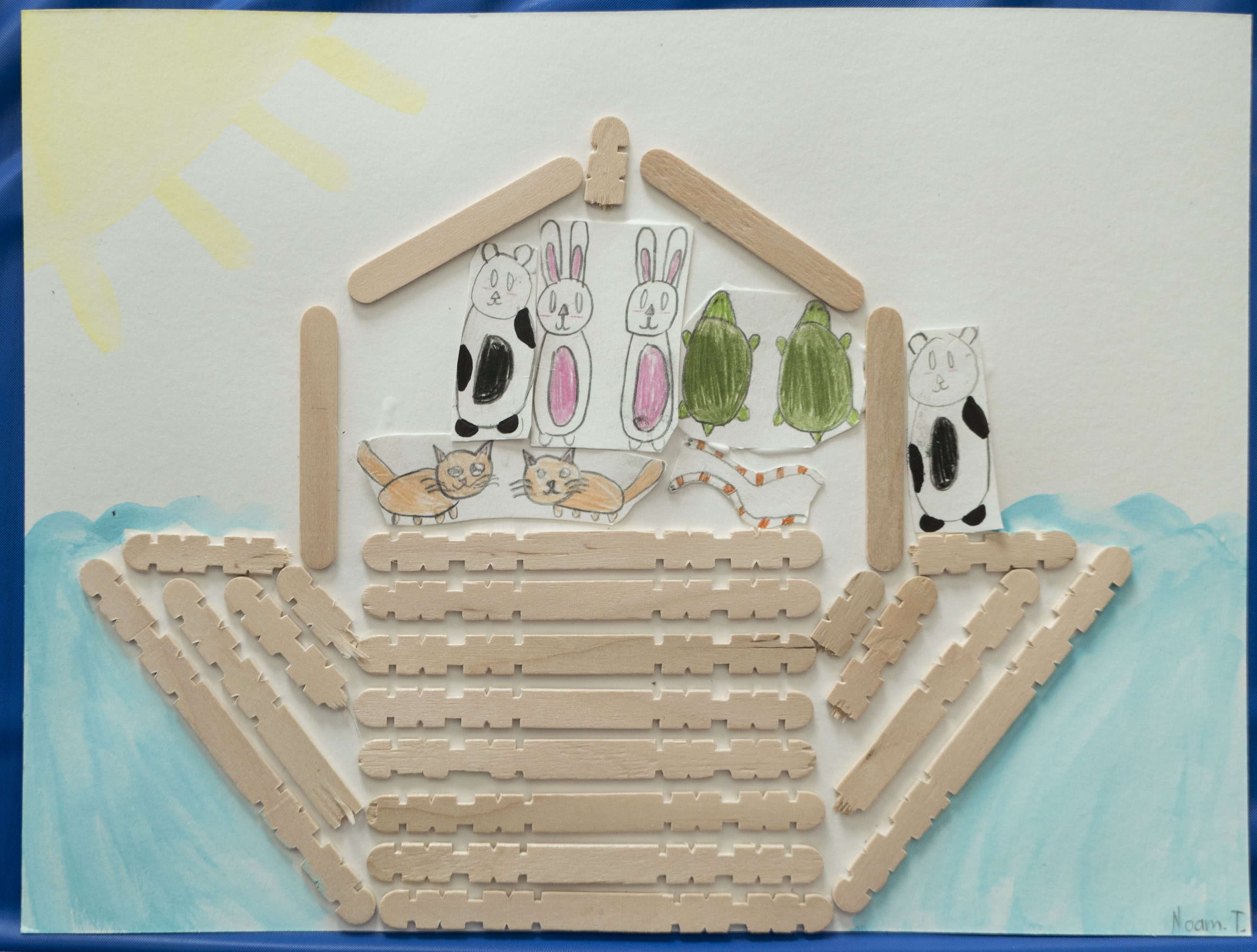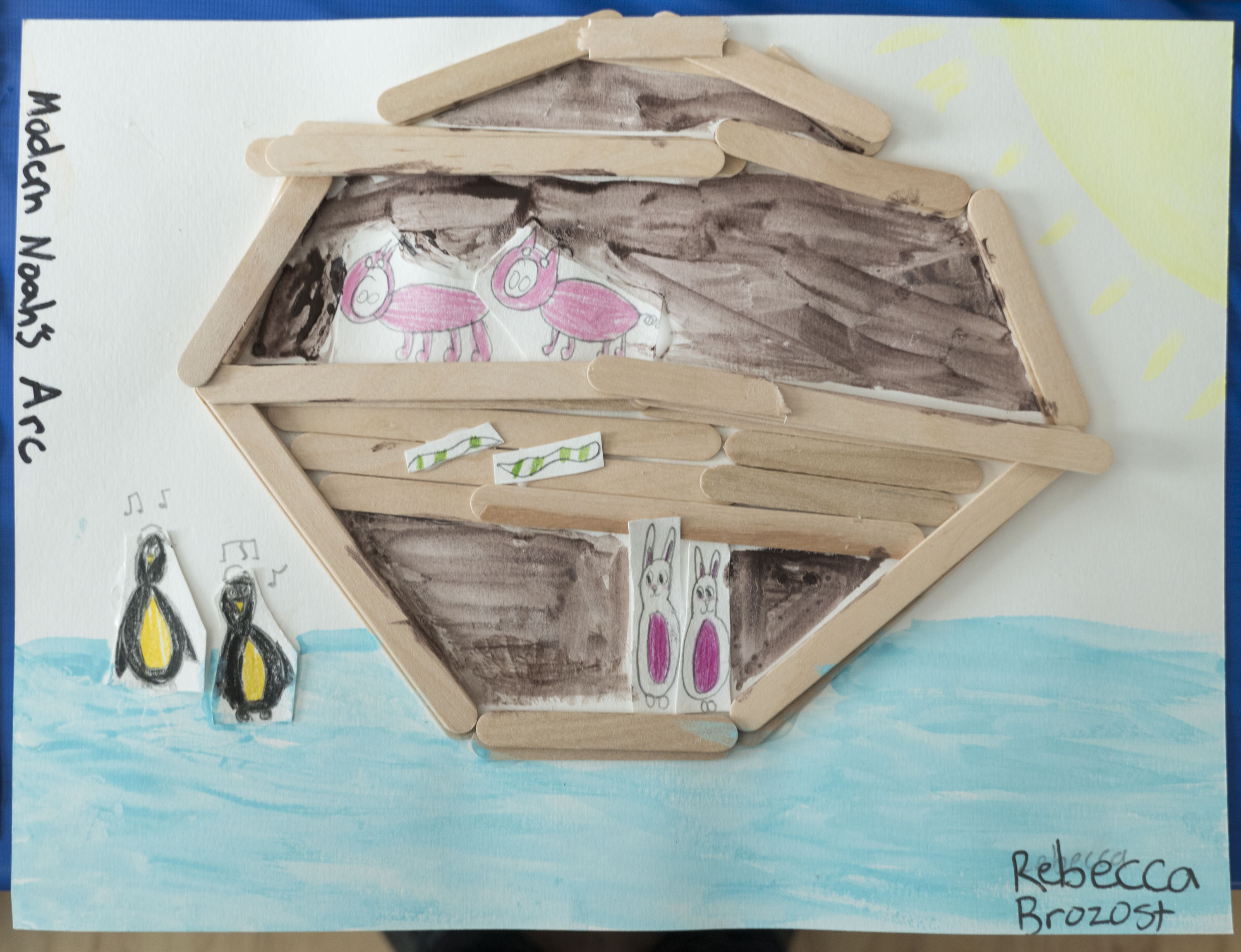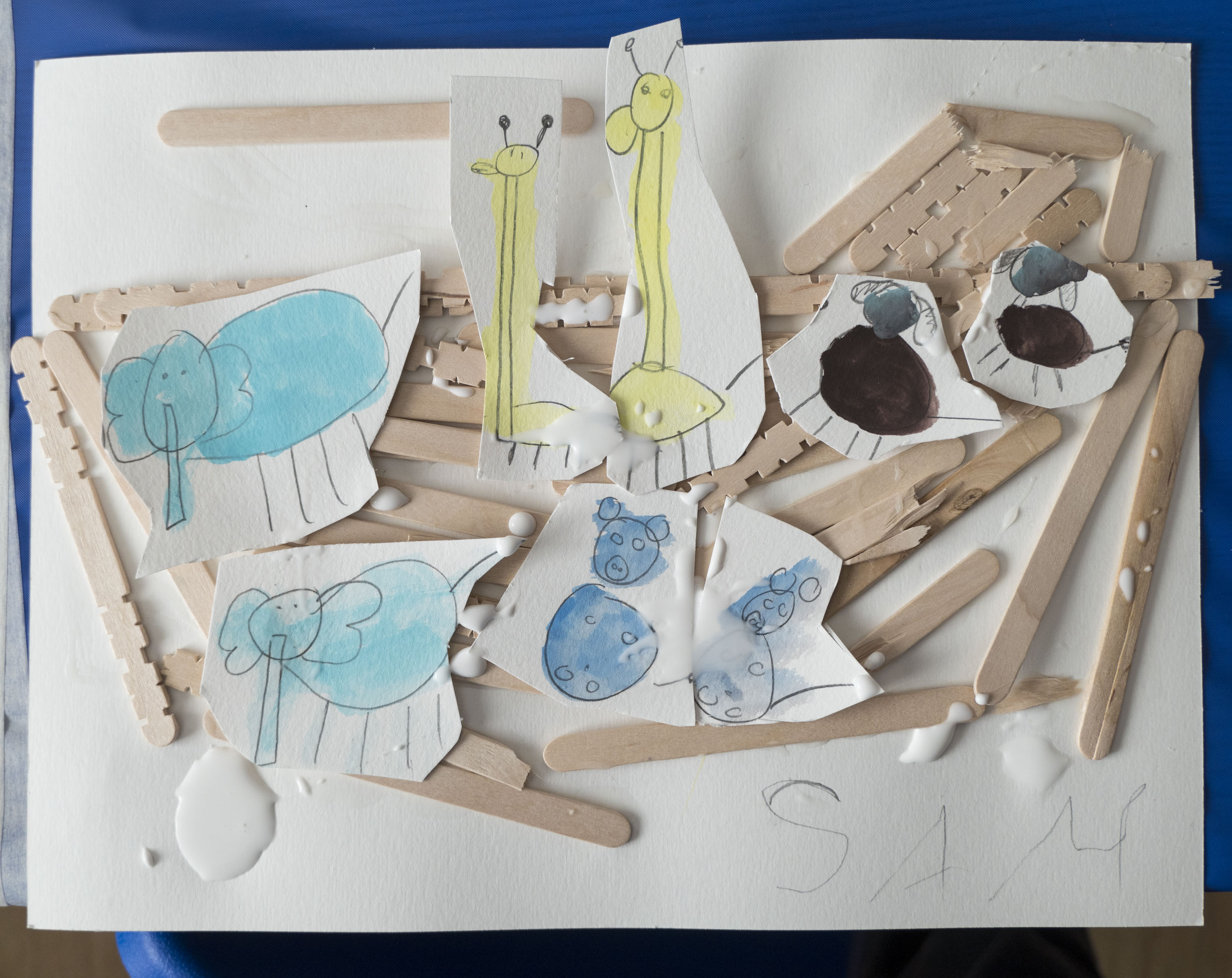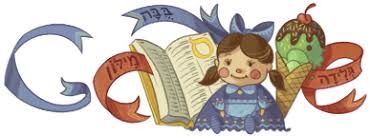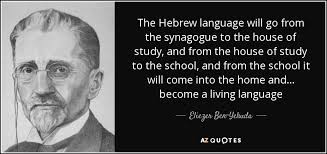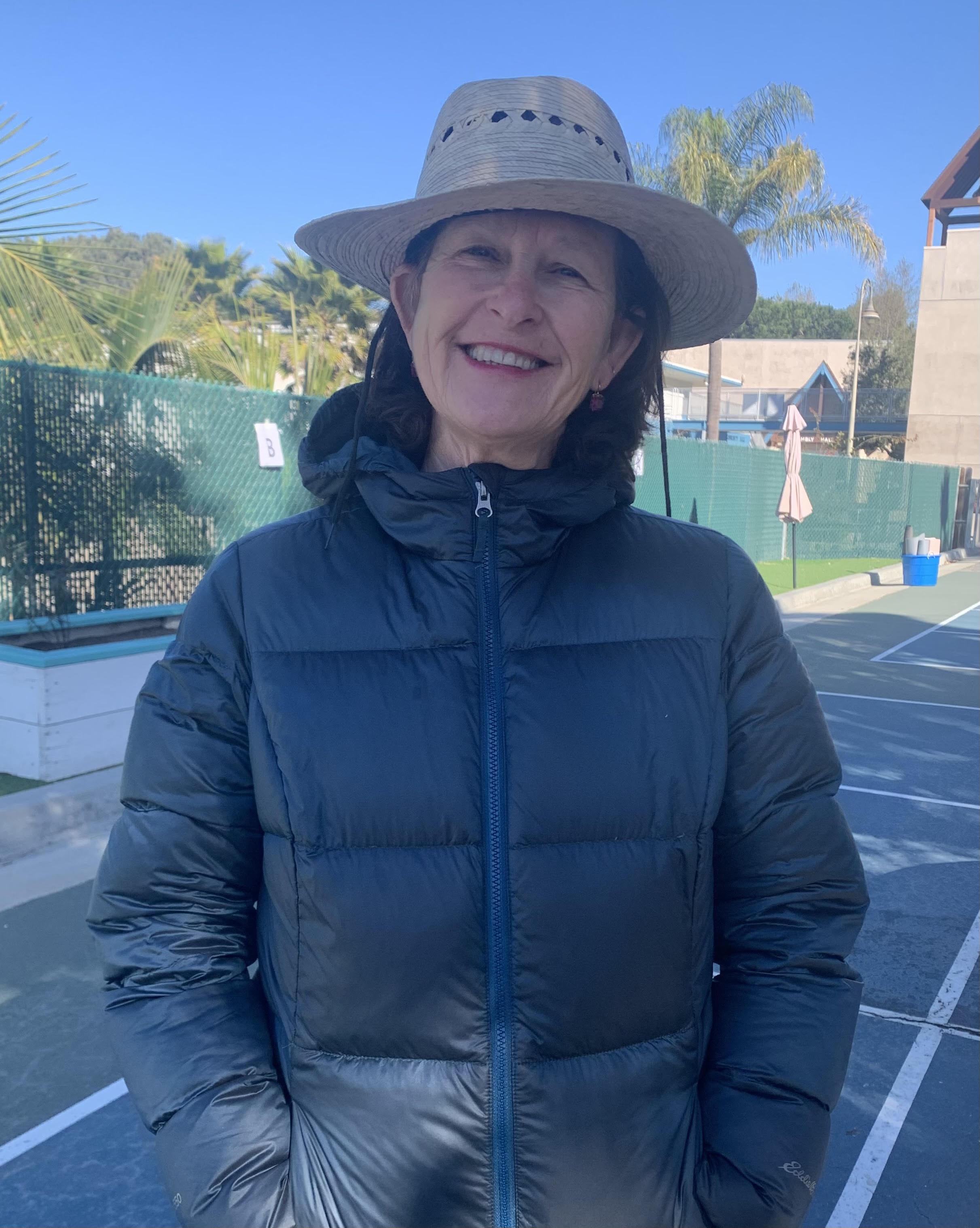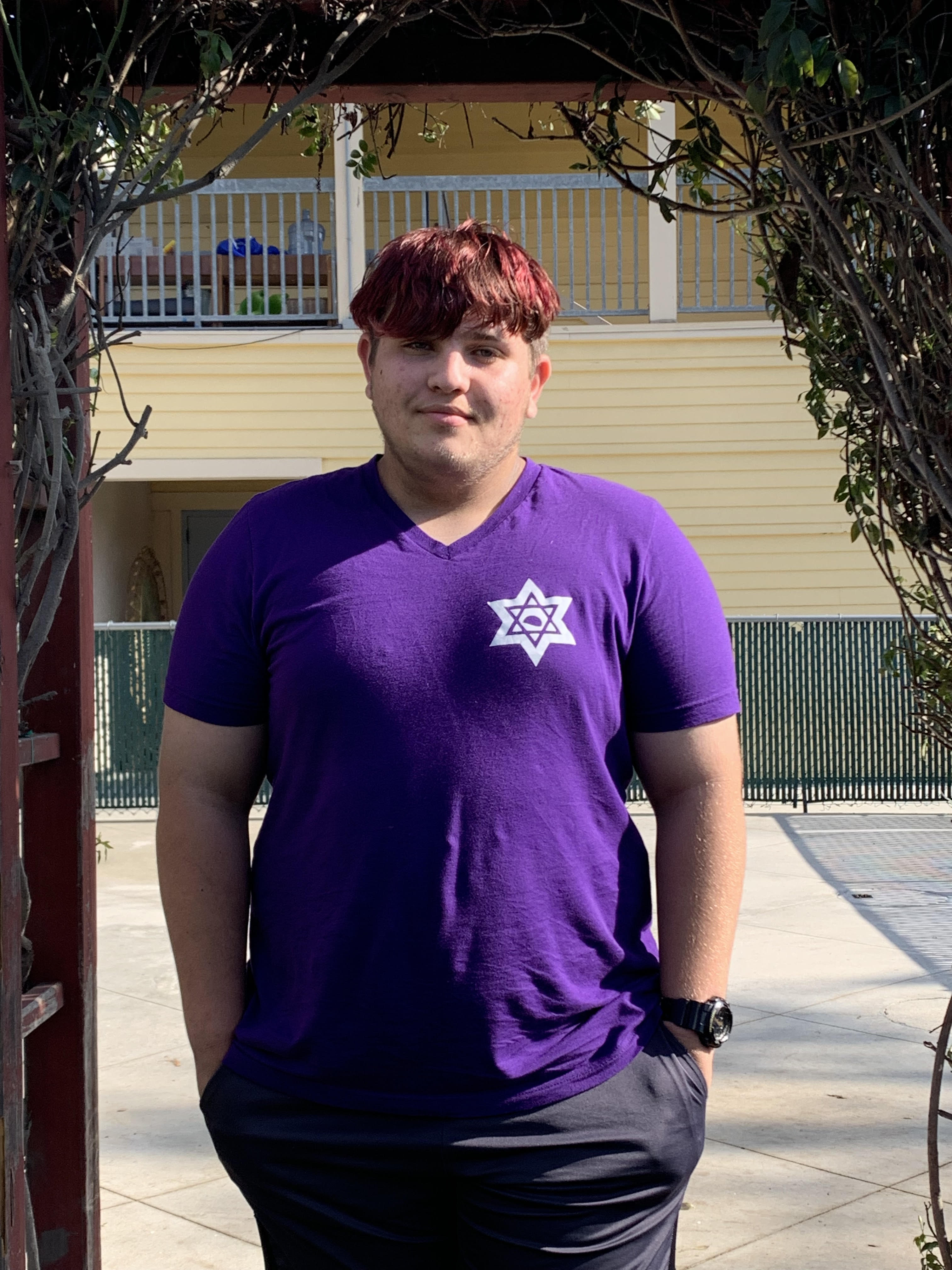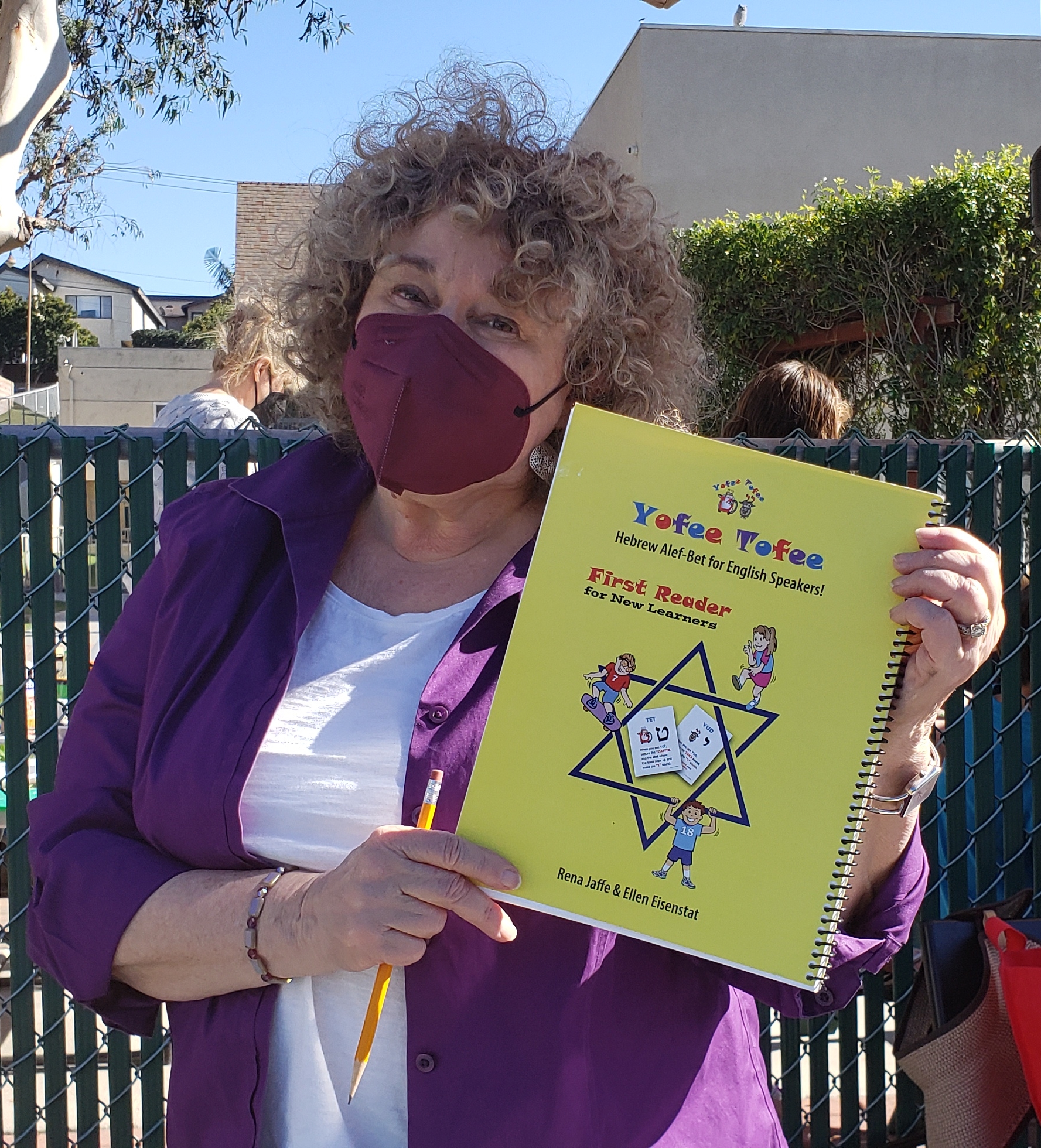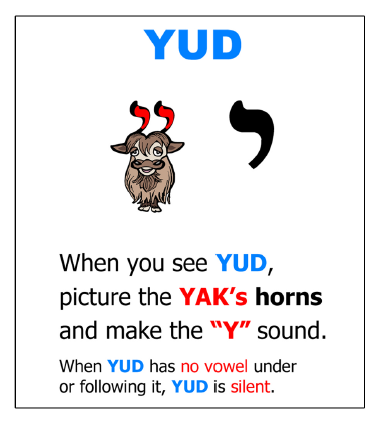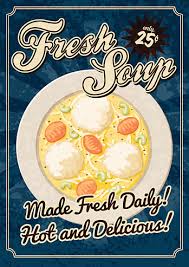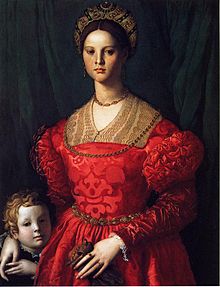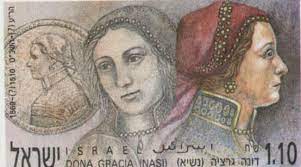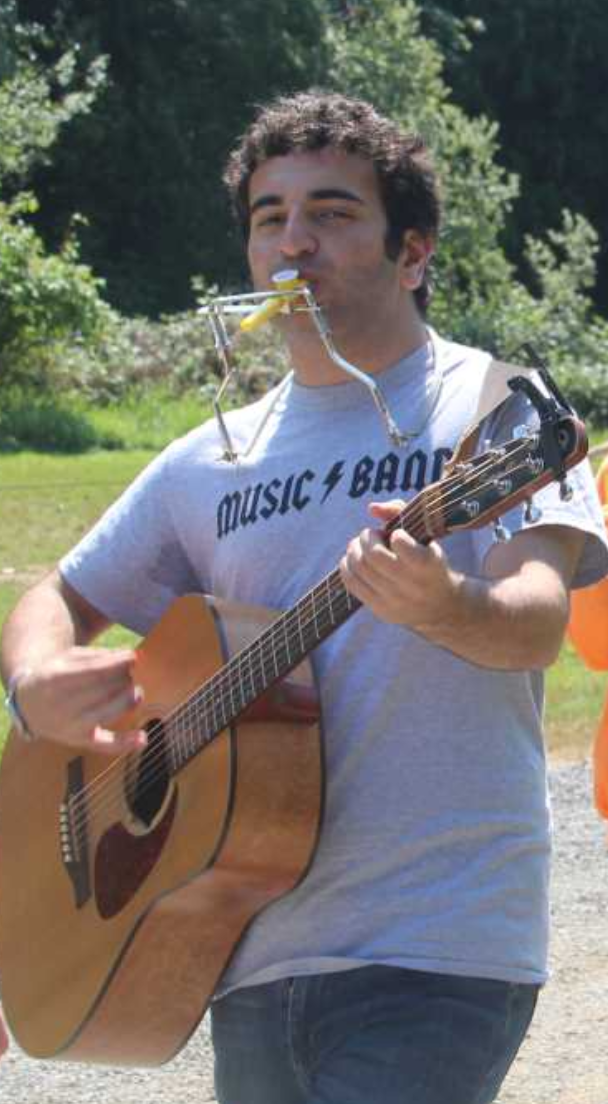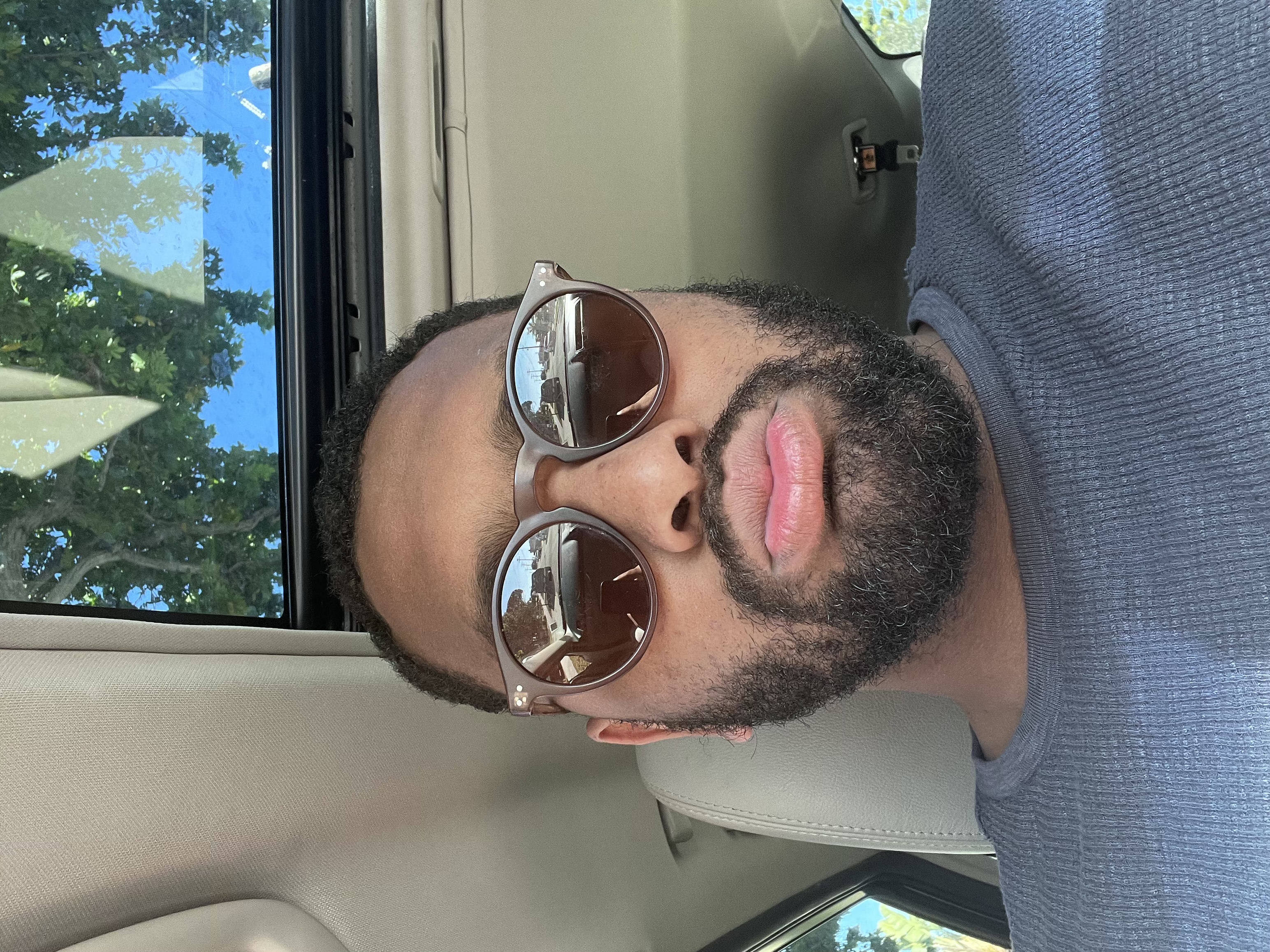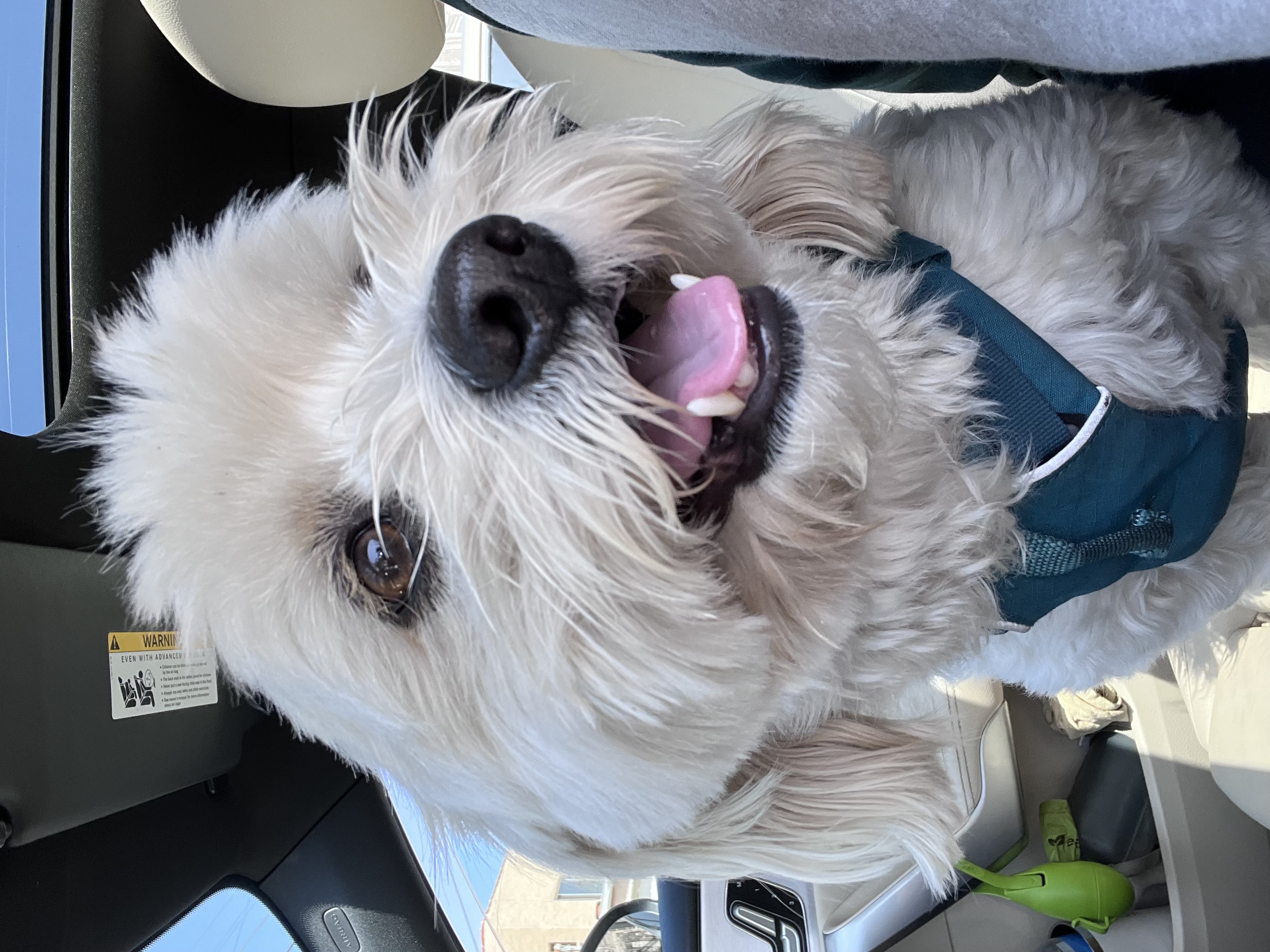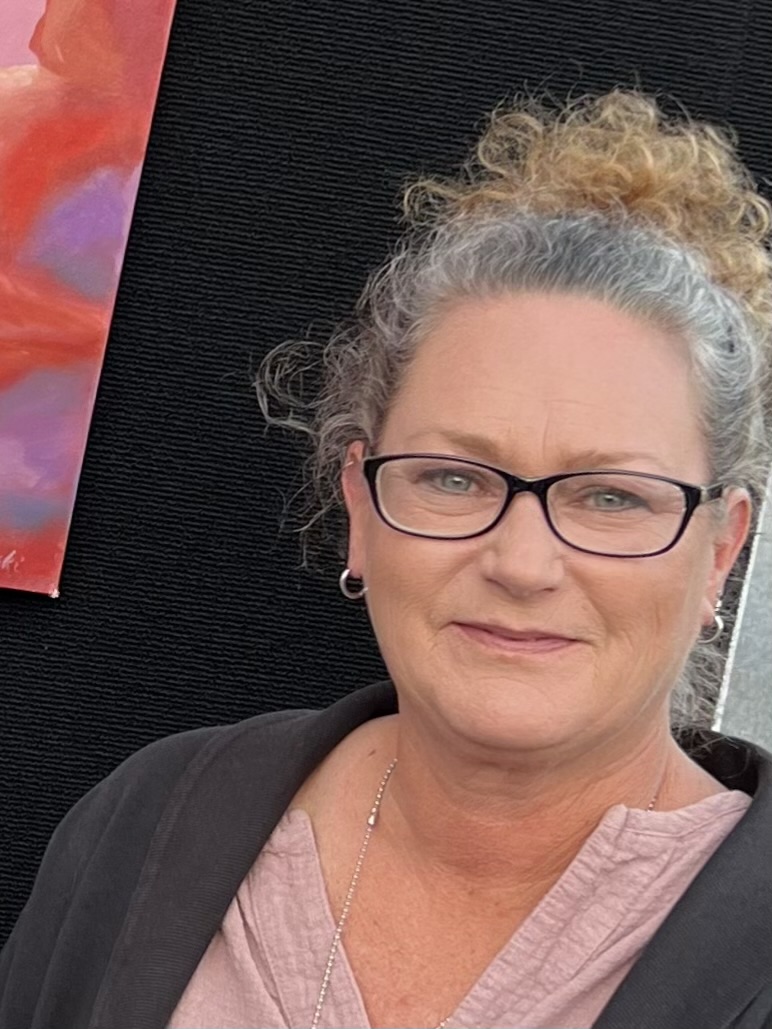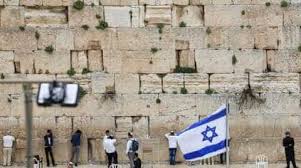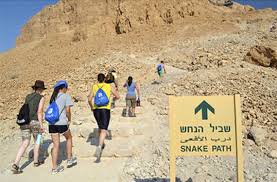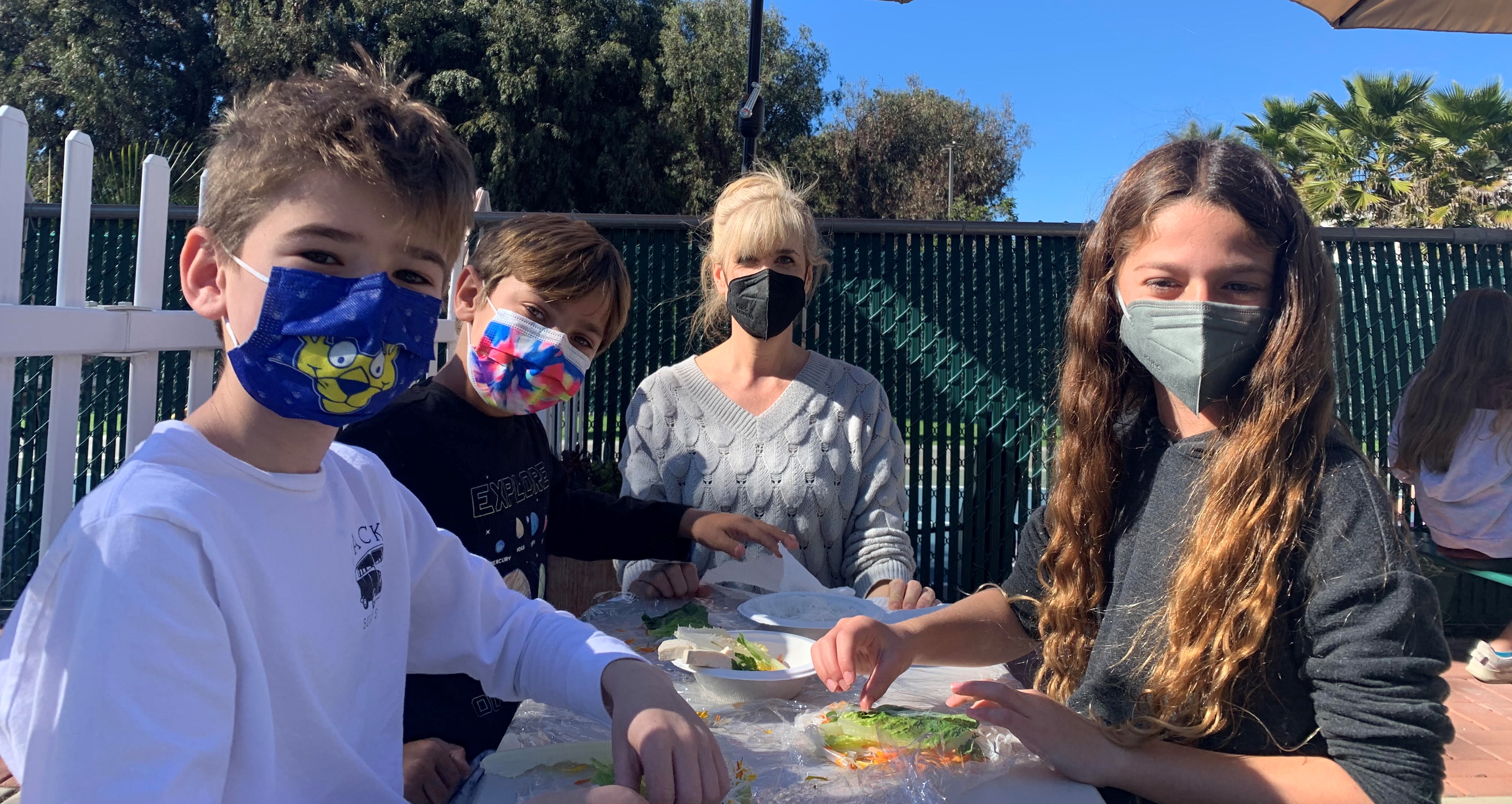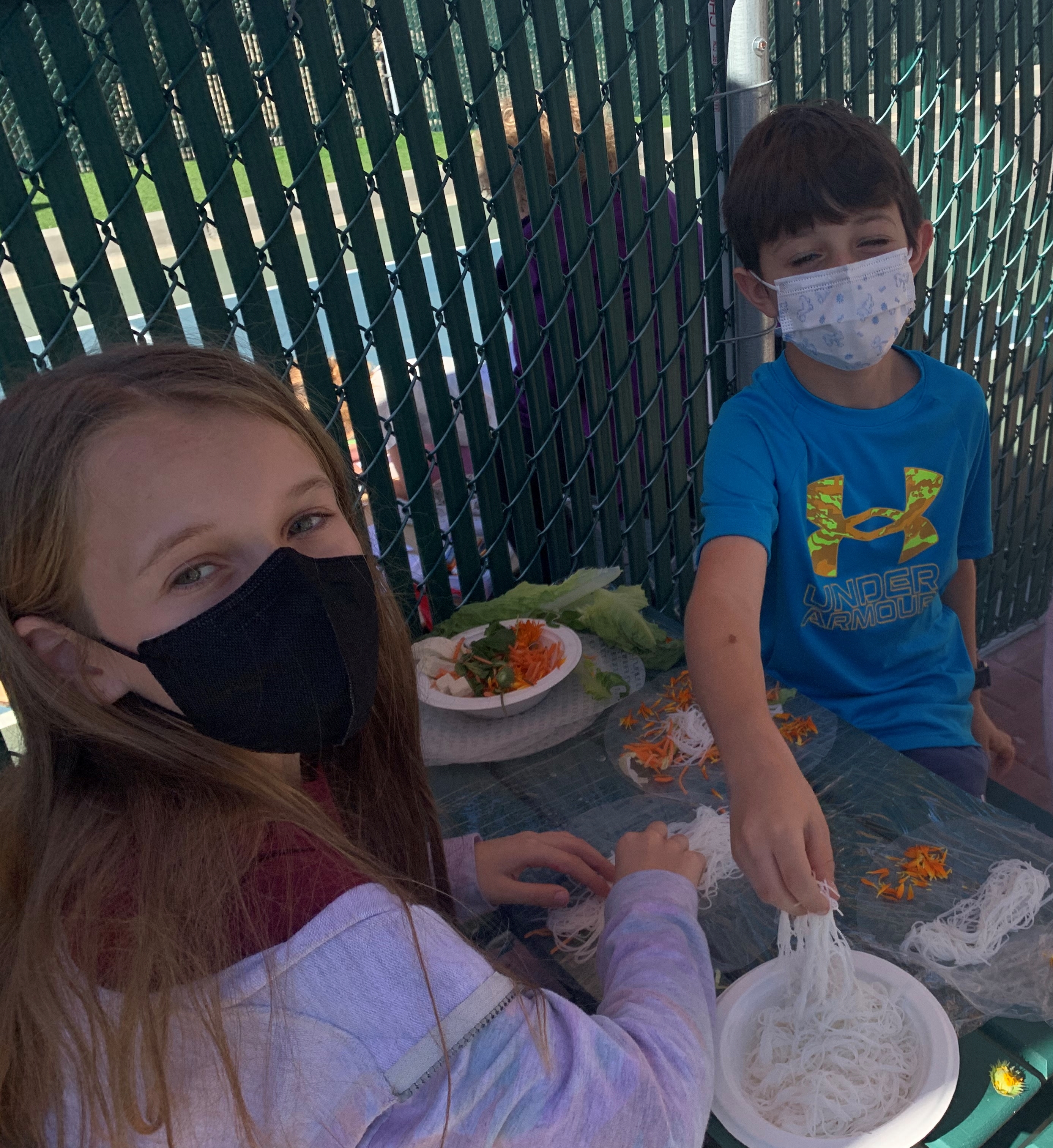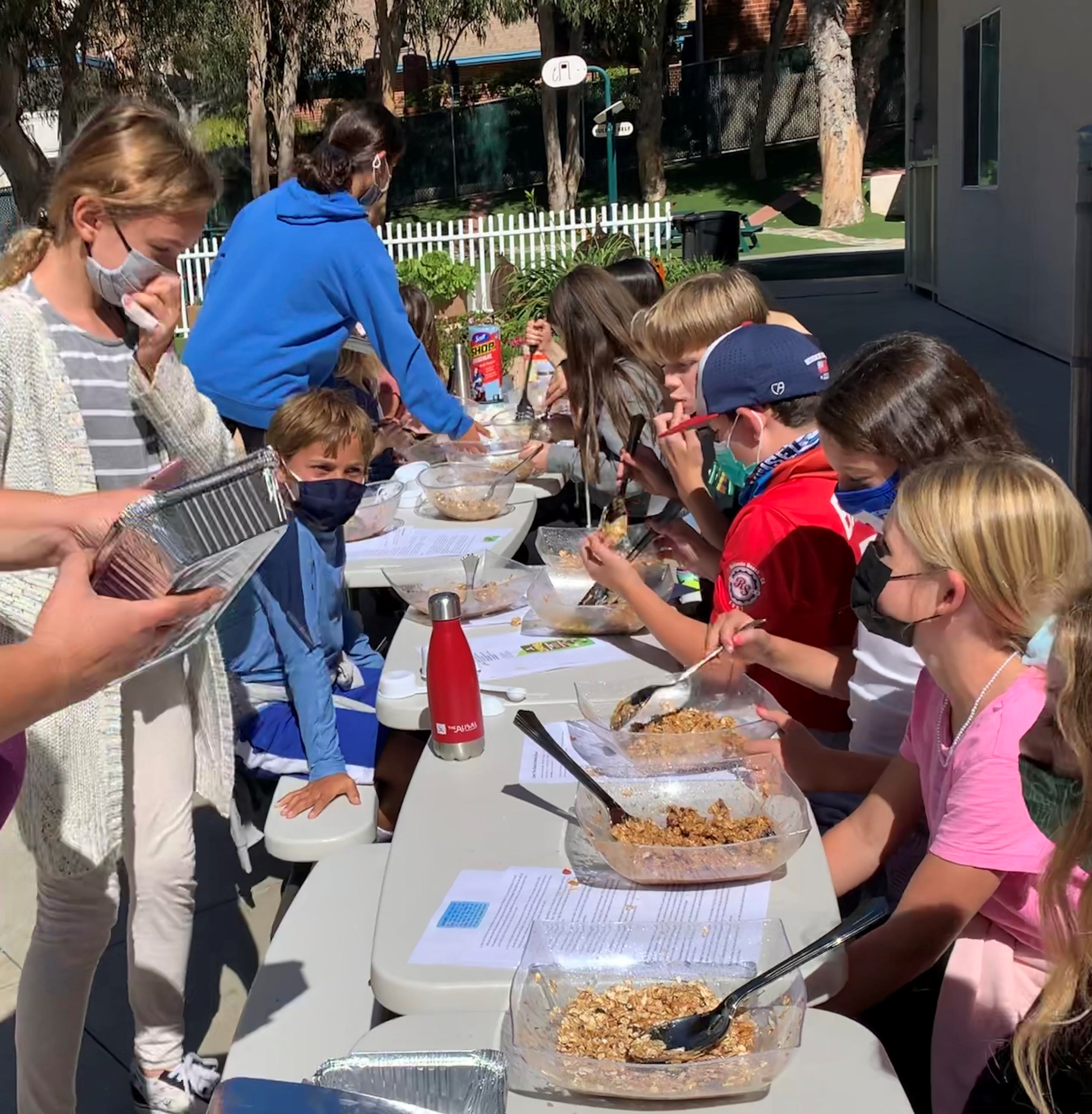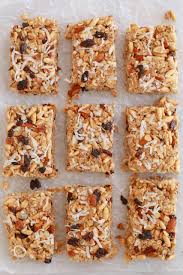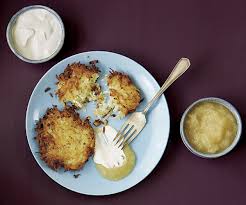I visited Israel with my family and want to tell you about some interesting places to visit.
Old City of Jerusalem
The oldest part of Jerusalem is the Old City or City of David. There are so many historic sites --the city gates, original city walls, walls that were built to extend the city, original buildings (native stones for almost everything), the market from the Roman period and the Temple Mount.
The holiest Jewish site in the city is the Western Wall where Jews gather and pray. It is the only part remaining from the second Temple that was built by King Herod in 37 BCE and destroyed by the Romans in 70 CE. The temple was not rebuilt. The first temple was built by King Solomon in 960 BCE. Israel reclaimed the Wall in the 1967 Six Day War.
Tourists can go through an underground tunnel to see the bottom layers of the Wall. We saw where the Romans stopped quarrying an old road. At one end is the Struthion Pool, an early water cistern that collected rain water back in the Hasmonean dynasty that once ruled ancient Judea.
The Old City has a fun shuk (market) selling decorated ceramic pots, jewelry, food, rugs and clothes. There is a really famous market where you can buy interesting foods and ingredients.
The Dead Sea
Moving south we visited the Dead Sea, a lake so salty that you can float in it. It was named the Dead Sea because people thought nothing could live in it -- there are no fish or plants in the water. But recently microorganisms were found there. People have been taking water from the rivers that feed into it causing the lake to dry up a lot leading to problems for resorts there.
Nearby are a group of caves where the Dead Sea Scrolls were found. Archeologists are still looking for more. The Scrolls have very old writing on them, mostly in ancient Hebrew.
We continued on to Masada which was originally a fortress – in fact its name means fortress. Then it became a palace-fortress. After it was abandoned, a group of Jewish rebels and families who opposed the Roman occupation of Judea, used it as a hideout. The Roman soldiers found them and built camps around the mountain while building a big ramp up to the top. Using a battering ram, the Romans came up the ramp, to find all of the rebels dead. They had killed themselves after resisting for two years rather than be taken as slaves by the Romans.
To get to the top of Masada I climbed up the Snake Path starting at 4:30 AM so I could get to the top before sunrise. You can also ride a cable car or go up the back entrance near the Roman ramp. Some Israeli Defense Forces recruits take their oath of loyalty to Israel on top of Masada.
I’ll share more of my trip through Israel in the next edition of OEC Times.
